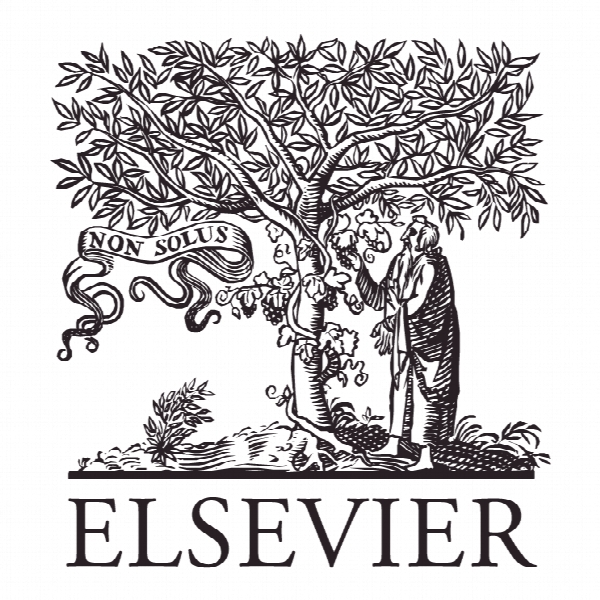نوآوری و تکنولوژی برای سالمندان: بررسی ادبیات سیستماتیک Innovation and technology for the elderly: Systematic literature review
- نوع فایل : کتاب
- زبان : انگلیسی
- ناشر : Elsevier
- چاپ و سال / کشور: 2017
توضیحات
رشته های مرتبط مدیریت
گرایش های مرتبط مدیریت تکنولوژی
مجله تحقیقات بازاریابی – Journal of Business Research
دانشگاه دانشکده بازرگانی و اقتصاد، لیندسی، سوئد
نشریه نشریه الزویر
گرایش های مرتبط مدیریت تکنولوژی
مجله تحقیقات بازاریابی – Journal of Business Research
دانشگاه دانشکده بازرگانی و اقتصاد، لیندسی، سوئد
نشریه نشریه الزویر
Description
1. Introduction We witness global demographic change phenomena in a way that population is rapidly aging. Population of elderly is growing twice as fast as the growth of the whole population (United Nations, 2009). The estimation of United Nations reveals that aging rate is 2.6% per year (United Nations, 2009). This trend of aging leads to tremendous increase of costs of elderly care. Many countries strive to deal with the increasing number of service requirements for the elderly. Improving elders’ lifestyle quality on one hand and decreasing the costs of healthcare and services on the other hand are the challenges of many organs in the government. For instance, United States has the most expensive health care in the world, and the costs for elderly care are increasing tremendously (Rahtz & Sirgy, 2000). The United Nations named Japan as the first super aging country in 2007 (Iwasaki, 2013). Rooting technological innovation into elders’ everyday life and home care is an answer to prevent elders’ dependence and support their independence (Iwasaki, 2013). Palumbo et al. (2014) explain that home-assisting technologies are entering the market and they are moving from the research and development stage to mass production. In England, the Republic of Ireland, Sweden and Portugal, ongoing projects exist such as ACTION (Assisting Carers using Telematics Interventions to meet Older people’s Needs) (Magnusson & Hanson,2003). Cooper and Cronin (2000) discuss the competitive strategy for long-term care industry in United States. In Japan, Iwasaki (2013) emphasizes the role of technology tools in elders’ life. In Italy a study identifies details regarding an up-to-date technology innovation design specifically for the elderly (Lattanzio et al., 2014). Kohlbacher and Hang (2011) express that the market of elderly is an excellent field of disruptive innovation application, since the elders’ demand for new, just-good-enough, easy to use, and affordable products and services increases tremendously.


